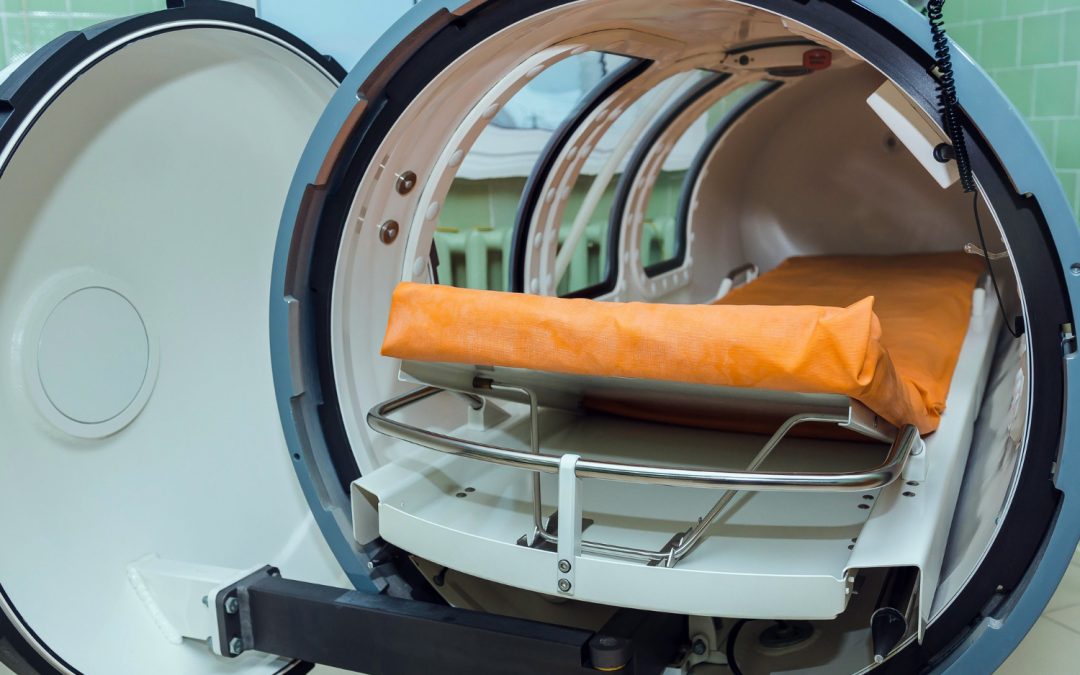As the seasons change, the environment around us shifts in subtle yet significant ways. This transition isn’t just about changing our wardrobes or adjusting our daily routines. For those involved with hyperbaric oxygen therapy (HBOT), these seasonal shifts can have a direct impact on the equipment and its efficiency. Maintaining your HBOT equipment effectively ensures its longevity and reliable performance, so staying ahead of these changes is key.
Each season carries its own set of challenges and requirements for HBOT equipment. As autumn progresses toward winter, the colder air is dry, and temperatures drop, which can affect the machinery’s function. Similarly, the warmer months bring their own hurdles like increased humidity and heat, which could lead to overheating. Understanding these impacts and taking proactive steps helps keep everything running smoothly no matter the time of year.
Understanding Seasonal Impacts on HBOT Equipment
Each season brings a unique set of conditions that can affect the performance of your HBOT equipment. Whether it’s the biting chill of winter or the humid warmth of summer, these environmental factors can impact everything from pressure levels to mechanical parts.
1. Winter Considerations:
- Cold air can cause components to contract, potentially affecting pressure calibration.
- Dry air might lead to issues with air filtration systems.
2. Spring and Summer Concerns:
- Humidity can lead to moisture build-up within the equipment, which might cause malfunctions.
- Heat can increase wear on components, affecting their longevity.
The key to managing these seasonal impacts is to be proactive. By identifying how each season affects your equipment, you can better prepare and adapt your maintenance routine accordingly. This preparation ensures that your equipment stays in top shape, reducing the risk of unexpected problems.
Understanding seasonal influences allows you to plan maintenance tasks effectively, often heading off issues before they arise. This approach means fewer interruptions and a more consistent performance, ensuring your equipment is ready when you need it most. Essentially, by staying ahead of potential problems, you’re setting yourself up for smoother operations throughout the year.
Preparing HBOT Equipment for Winter
As the mercury drops, taking a few simple steps can help winterize your HBOT equipment, ensuring it continues to perform efficiently. Cold weather can impact machinery by altering its pressure and filtration capabilities, so a little prep work goes a long way. Start by checking seals and insulation to prevent any cold air from seeping in, as it might affect pressurization. It’s also a good time to replace filters that might be clogged or worn out from extensive use during warmer months.
To keep your equipment performing optimally in the winter, consider the following tips:
- Seal Checks: Regularly inspect all seals and joints for signs of wear. Any damaged seals should be replaced immediately.
- Filter Replacement: Replace air filters to ensure that cold, dry air doesn’t hinder the system’s operation.
- Pressure Calibration: Cold temperatures can affect pressure gauges. Make sure they are accurately calibrated according to the current climate conditions.
By preparing your equipment ahead of winter, you’re reducing the chances of running into surprises when you need your machinery the most. This foresight ensures smoother operations and less downtime during the colder season.
Maintaining HBOT Equipment in Spring and Summer
Spring and summer bring warmth and longer days, which can present their own maintenance challenges. Rising temperatures can cause components to expand or lead to moisture condensation within the machinery, affecting its functionality. To keep your HBOT equipment in top shape, a shift in focus towards preventing overheating and moisture problems is helpful.
Key maintenance tasks in spring and summer include:
- Ventilation Checks: Make sure that the equipment is placed in a well-ventilated area to prevent overheating. Heat can lead to faster wear and can cause parts to degrade.
- Humidity Control: Use dehumidifiers if necessary to keep moisture levels in check, especially in humid areas.
- Regular Cleaning: Dust and pollen can accumulate in and around the equipment. Wipe down surfaces and components to keep them clean and efficient.
During warmer months, maintenance is all about preventing wear and heat-related damage. By following these steps, you’ll ensure that your HBOT equipment remains reliable and ready to provide care whenever needed.
Keeping Your HBOT Equipment in Top Shape
Year-round upkeep of your HBOT equipment is just as critical as seasonal preparations. Routine maintenance tasks throughout the year help catch issues before they become larger problems. Regular inspections are essential to find any sneaky issues that might occur due to wear or environmental factors over time. Addressing these promptly can prevent potential downtime and ensure that your equipment operates smoothly whenever required.
Maintenance practices that apply throughout the year include:
- Scheduled checks for wear and tear on all components.
- Timely cleaning and replacement of parts subject to regular use.
- Consistent monitoring of pressure and calibration settings for accuracy.
A proactive approach to equipment care helps you avoid unexpected challenges, thereby ensuring reliable support from your HBOT system all year long. Staying committed to regular maintenance routines can make a significant difference in the overall life and functionality of your equipment.
To keep your HBOT equipment operating at its best throughout the year, it’s important to stay on top of maintenance tasks tailored to each season’s unique challenges. If you’re looking for professional guidance on hyperbaric oxygenation in a chamber, reach out to Founding Fathers Hyperbarics. Their expert insights can help you maintain optimal performance no matter the season’s demands. Discover more about maintaining your system efficiently today.

